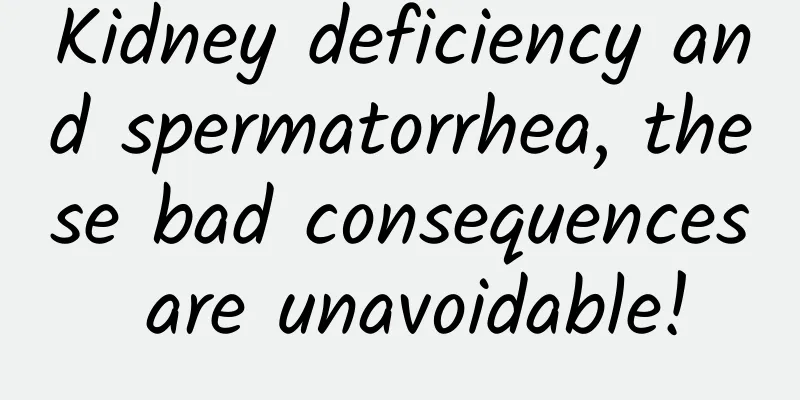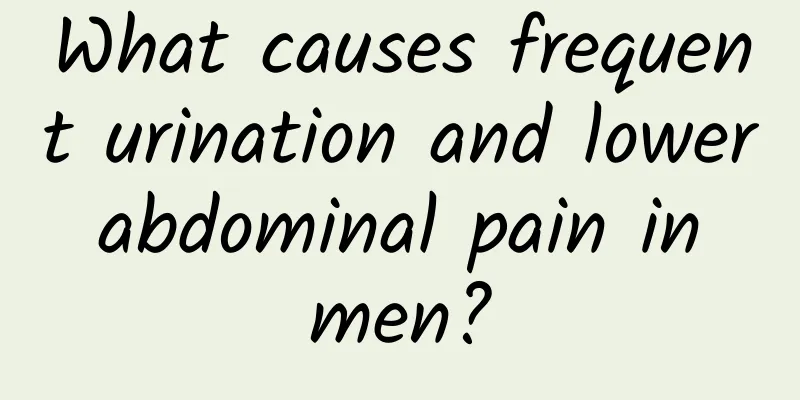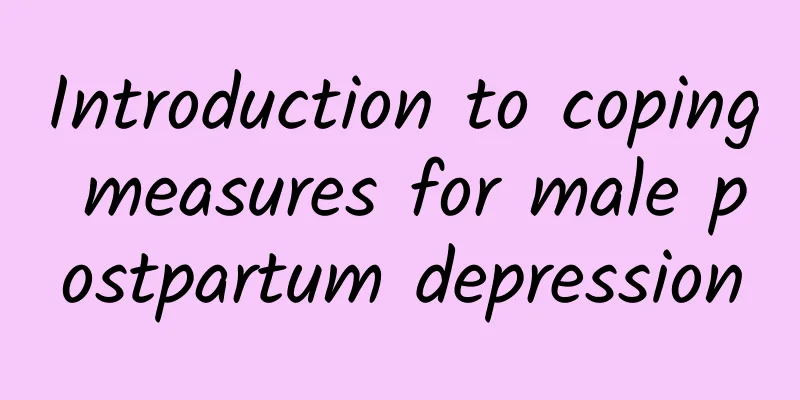What is testicular cyst?

|
For men, they may rarely pay attention to their testicles, because after all, they are in a private part. If there is no trauma, there will be no problem with the testicles. However, there are some exceptions, which may be related to physical factors. Some male friends were diagnosed with testicular cysts during the examination. What is this disease? Testicular cysts often occur in the testicular head or epididymis. The cysts contain a large number of sperms, which are medically called spermatoceles. Testicular cysts, also known as spermatoceles, are often large in size and cause mild or no obvious pain. Sometimes testicular cysts become so large that they cause testicular pain, forcing the patient to seek medical attention. Clinical manifestations The clinical manifestations of testicular cysts are similar to the symptoms of many diseases. Therefore, when diagnosing testicular cysts, we must consider the possibility of the presence of other masses such as epididymal tuberculosis, testicular tumor, epididymal tumor, hydrocele, varicocele, etc. If the cyst is confirmed to be small in size and without other symptoms, it is okay not to treat it. However, if the cyst is large in size, has other complications or causes physiological dysfunction, surgical treatment can be used according to the specific situation. Causes 1. Orchitis: Orchitis often causes swelling of one or both testicles, so you should go to the doctor. If diagnosed, the doctor will prescribe painkillers to relieve the pain. 2. Testicular torsion: When testicular torsion occurs, the patient will find a painful lump around one or both testicles. This disease can occur at any time and may be accompanied by nausea and vomiting. 3. Cysts: Cysts can form in the scrotum. They can grow very large without causing any discomfort, but you should still ask your doctor to check for tumors. Men of any age may develop cysts, and the disease is most common in men over 40 years old. 4. Scrotal hydrocele: This is a clear and thin fluid that accumulates between the inner and outer coverings of the testicles, which can cause swelling. If the swelling is large or painful, you may need to use a needle to draw out the fluid under local anesthesia. If it recurs, a minor surgery may be required to treat it. 5. Internal testicular injury: Injury to the inside of both testicles may be the cause of testicular swelling. This may require hospitalization and, if necessary, surgical treatment. 6. Epididymitis: The epididymis is located around the posterior edge of the testicle, where sperm is temporarily stored after production. Epididymitis is mostly caused by bacterial infection of the urinary tract that has not healed, causing the bacteria to enter the epididymis through the lumen of the vas deferens. 7. Epididymal tuberculosis: Also known as tuberculous epididymitis, it is the most common male genital tuberculosis. It is generally believed that epididymal tuberculosis is a part of urinary tuberculosis. Epididymal tuberculosis is often accompanied by prostate tuberculosis or seminal vesicle tuberculosis. Tuberculosis bacteria usually spread from the kidney to the prostate, seminal vesicle, and then to the epididymis. Some cases are also caused by blood infection. |
<<: Can testicular nodules be malignant?
Recommend
Men's kidney health care methods
For men, kidneys are very important. The health o...
Men shave every day, but have you ever thought that growing a beard also has its advantages?
It is normal for men to grow beards as they age, ...
Swollen penis
The most common reason for a swollen penis is the...
Can green tea fight testicular cancer?
Green tea is recognized as one of the three major...
Why do men have cold feet when they sleep at night?
Boys' cold feet when sleeping may be caused b...
What is the best and fastest way for men to replenish qi and blood?
Men are the support of social development and the...
What to do if your boyfriend is sexually indifferent
In daily life, it is quite common for men to have...
What medicine can delay ejaculation?
The length of sexual intercourse is not the only ...
Causes and treatments of positional vertigo
Positional vertigo refers to the dizziness that o...
What causes breast cysts and how to treat them?
Many bad habits in life can cause us to suffer fr...
What is the cause of the man's glans discharge?
Many boys will find that there is water coming ou...
Early pictures of sharp foreskin and wet penis
Nowadays, many young people suffer from many dise...
What medicine is the best for male sexual enhancement?
When most men are not particularly confident abou...
Can eating black sesame improve sexual performance?
If men do not exercise and exercise in their yout...
What is the cause of a small white bump on the penis?
In life, some men have a small white bump on thei...









